Massone di Arco, Trento
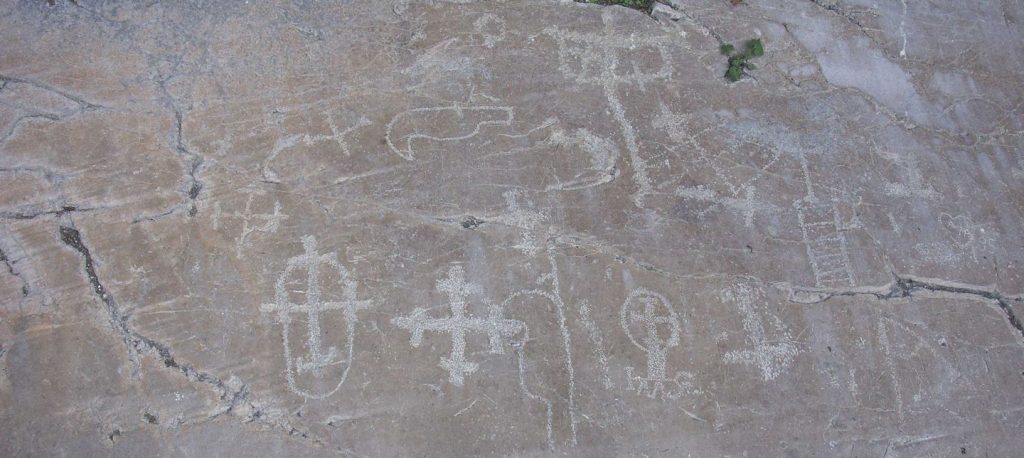
In 1988, Franco Bonomi have found the rock engravings of Pianaura. In 2007, the area was set up and inserted into a historical-naturalistic track by the Autonomous Province of Trento and the Municipality of Arco with the collaboration of Muse.
The engraved smooth surface is at the base of a rock shelter, located in a narrow valley along a road that, in the past, was an important connection between the Arco valley, the settlements on the slopes of Mount Stivo and Drena castle. The extension and the numerous engravings of Pianaura shelter make it one of the richest and most complex rock art sites of Trentino – Alto Adige. Thanks to the covering shelter the preservation of the figures it is exceptional, considering also the solubility of the limestone support. Equally extraordinary are the variety of execution techniques, the amount of engravings, their typological variability, and the overlapping of figures that reveal an execution diachronicity.
Since 2011, the “B.Bagolini” Laboratory of the Humanities Department of University of Trento has set up a project for the documentation of the sites and engravings of Troiana valley and in particular of the area of Nogaiole and the shelter of Pianaura.
The work program provides complete documentation of all engravings using various techniques: contact, frottage, photographic, topographic, 2D photogrammetric survey, … all integrated and processed in a GIS platform through georeferencing of products, vector tracking of the figures and their cataloging in a specific database. The project has created a kind of experimental laboratory for the development of a protocol for the documentation of rock art. Nicola Pedergnana’s degree thesis also takes into account the historical, ethnographic context of religious manifestations and the viability linked to the Pianaura site.
On the large blackboard of Pianaura (approx. 30×2.5), 3D photogrammetric modeling techniques were applied for the realization of virtual three-dimensional surfaces that allow the virtual preservation of the object and the study of large-scale engravings to understand the overlapping of the signs (stratigraphy). Again, the shelter was taken as a case study for the comparison of various 3D techniques: Structure From Motion and Stereofotogrammetry thanks to the collaboration between the Universities of Trento and Cagliari, Department of Electrical and Electronic Engineering (DIEE) and Department of Mathematics and Informatics (Carla Mannu, Giuseppe Rodriguez, Massimo Vanzi) – see 3D.
The stratigraphic analysis of rock carvings, the interpretation of the signs, the function of the site and its historical territorial contextualization constitute the ultimate purpose of this study.
Bibliografy
- Pedergnana N., Cavulli F., 2015 – Un approccio multilayered alla documentazione e interpretazione dell’arte rupestre. L’integrazione delle tecniche di rilievo a Pianaùra (Massone, Arco di Trento)
- Avanzini R., 1996 – Segni sulla roccia: le incisioni rupestri di Pianaura (Arco, TN)
- Anati E., 1988 – Le incisioni rupestri di Pianaura. Contributo alla ricerca e all’interpretazione
- Garbari, N., 1974 –Incisioni rupestri nella Valle dei Laghi
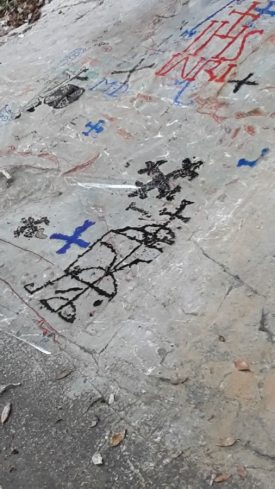
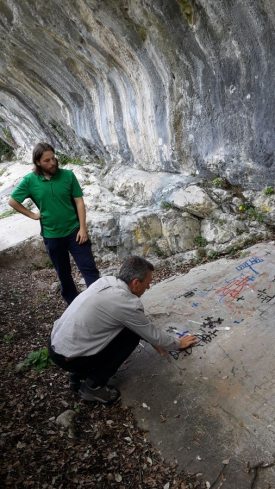
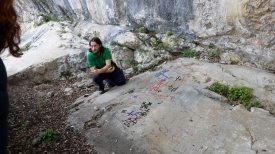
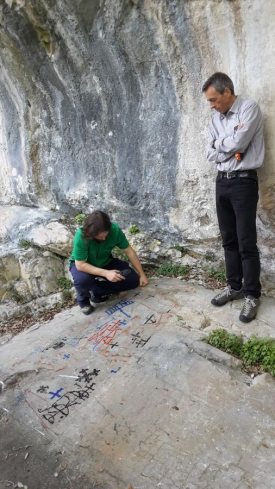
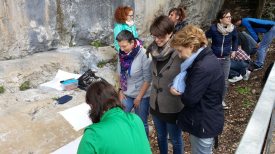
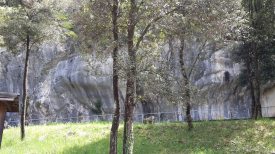
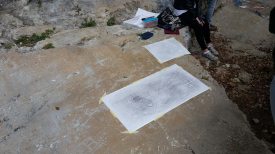
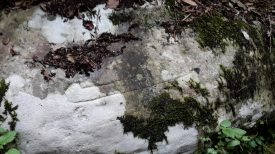
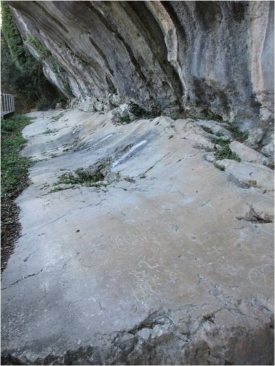
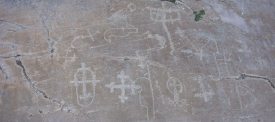
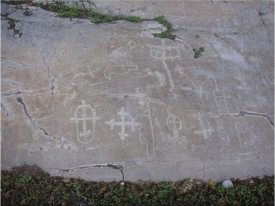
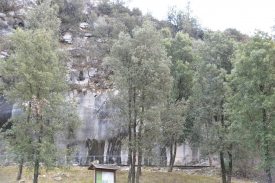
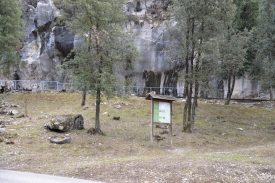
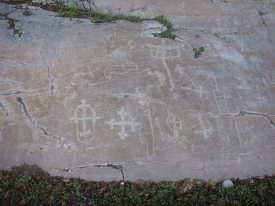
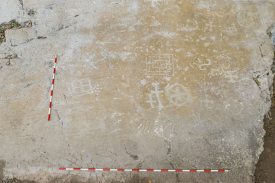
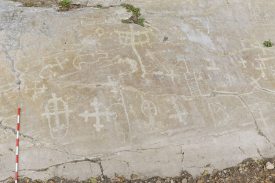
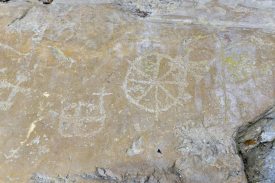
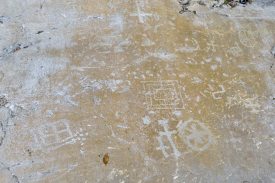
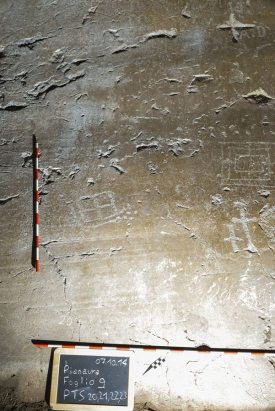
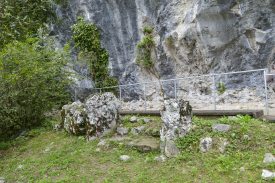


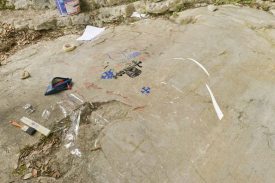

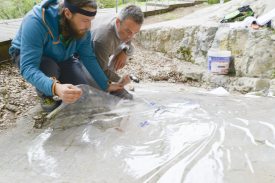
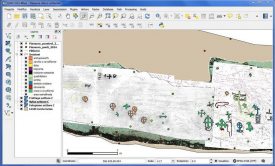
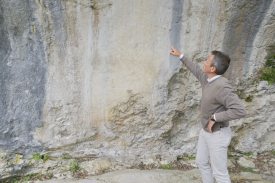
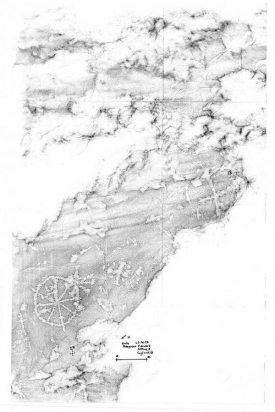
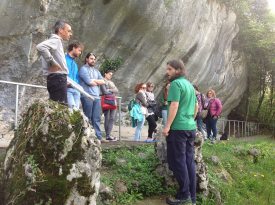
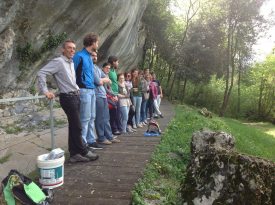
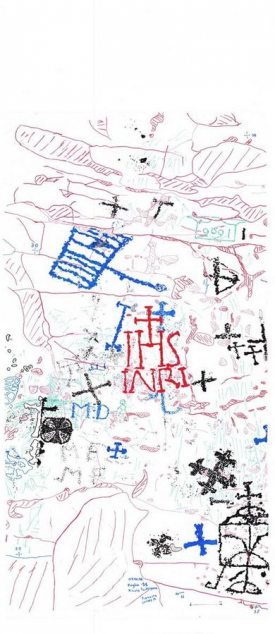
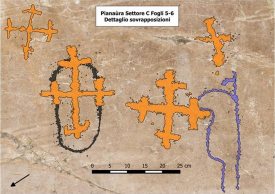


 English
English Italiano
Italiano